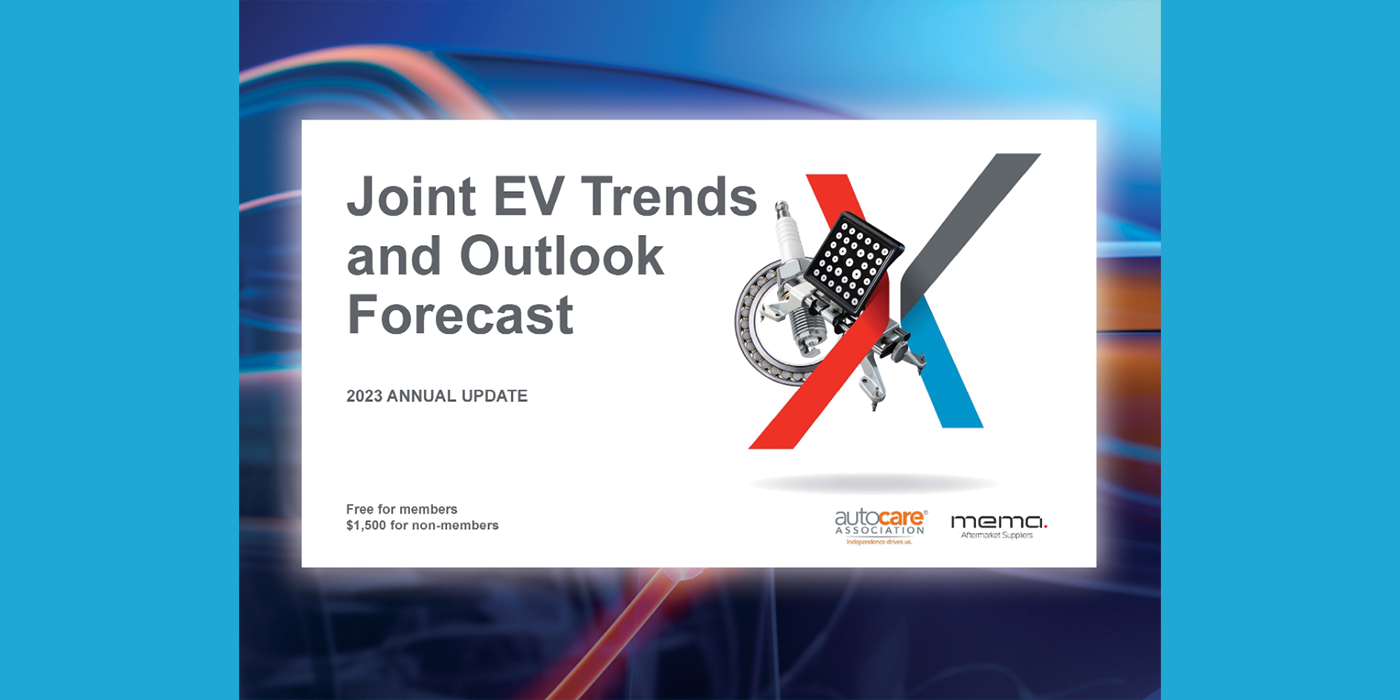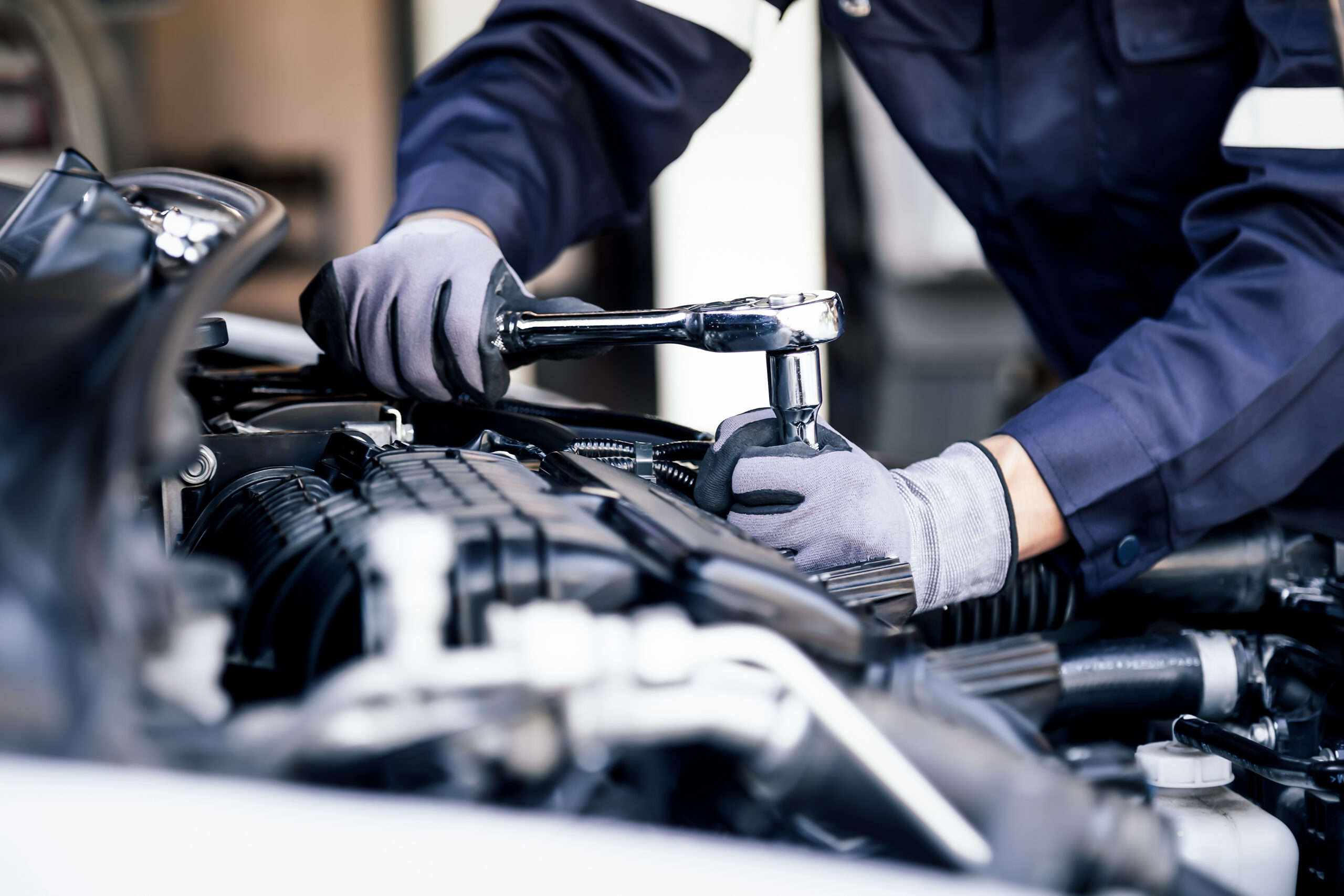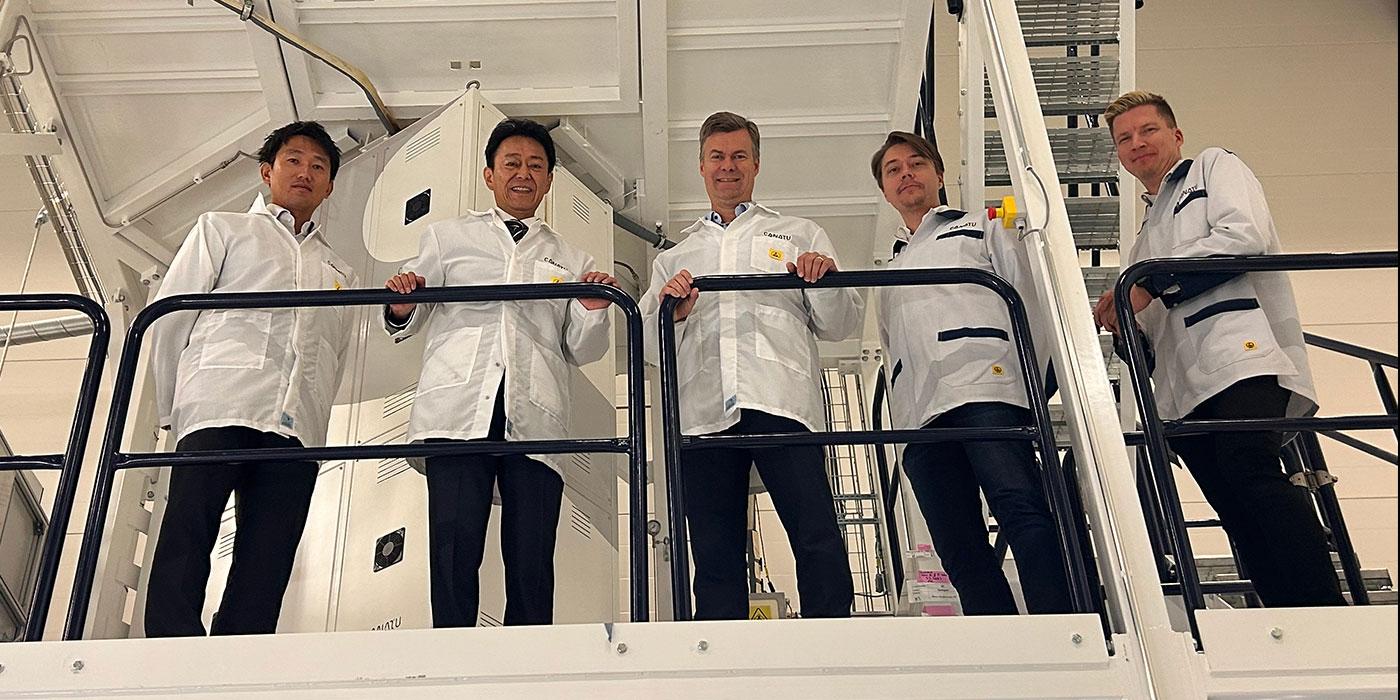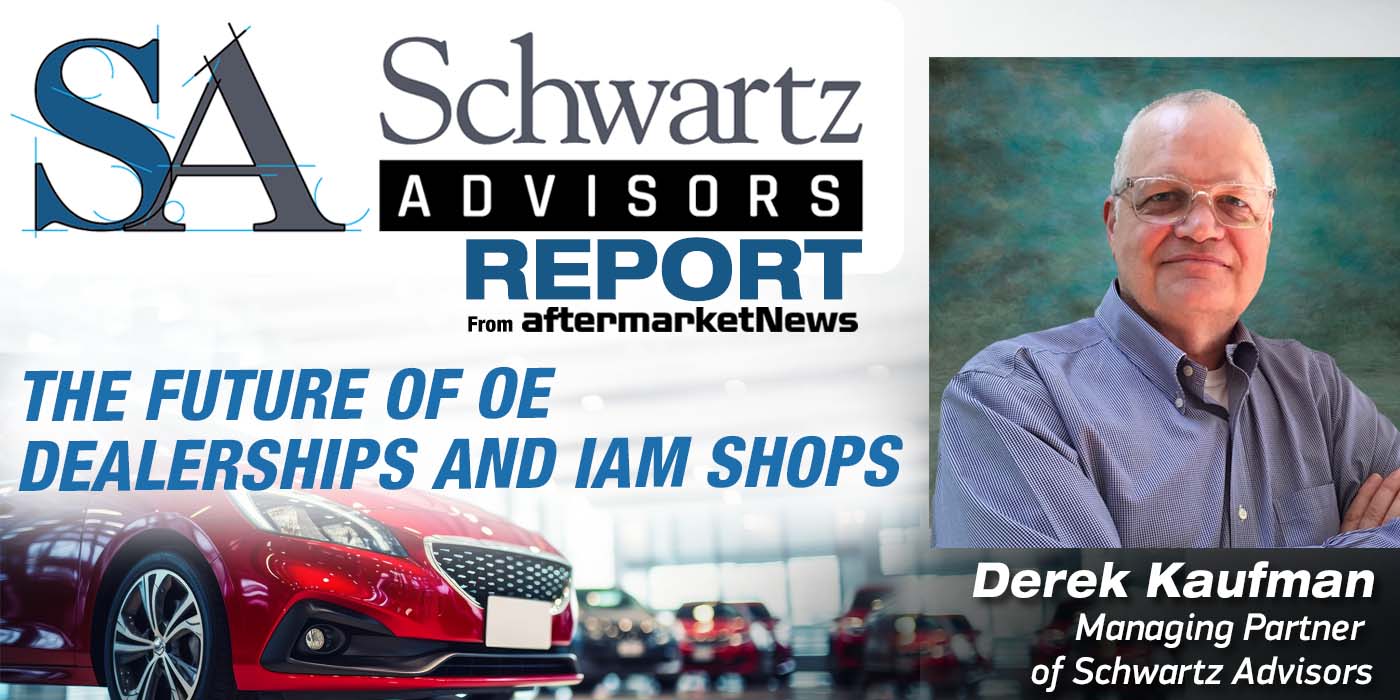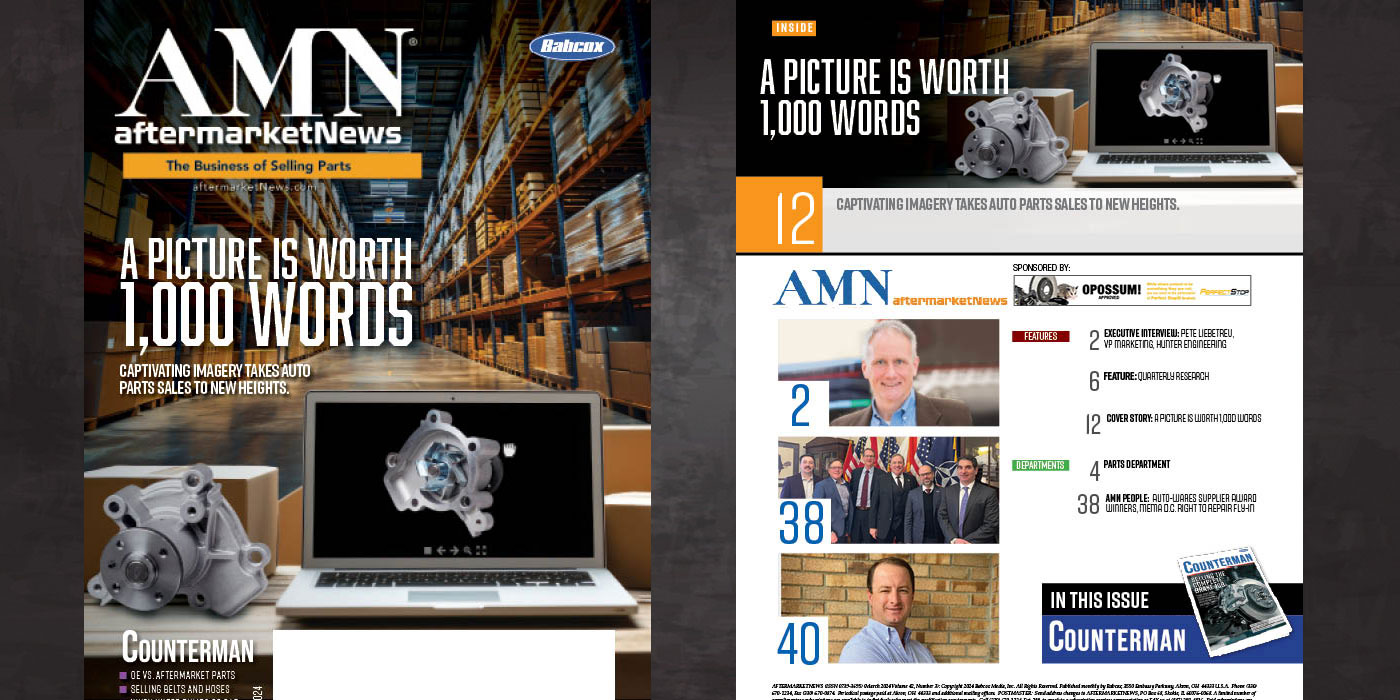Advanced driver-assistance systems (ADAS) features will be in high demand across a broad range of consumers shopping for new vehicles in the coming years. This will fuel the business case for automakers as they look to boost revenue from ADAS features, which is projected to reach $191 billion globally by 2030. That’s according to a survey and report released by AlixPartners, a global consulting firm.
A majority of respondents to the AlixPartners survey of more than 3,200 consumers in China, the U.S., and Germany said they will trust ADAS features — from basic Society of Automotive Engineers (SAE) “Level 1” collision warnings to “Level 4/5” full control of steering, braking and emergency autonomous driving – even if they have had a negative experience or no experience at all with them in the past. These consumers also assign thousands of dollars of value to even relatively unadvanced versions of ADAS technology and are increasingly willing to utilize subscription services to acquire ADAS features.
“People are especially willing to pay for the safety and connectivity ADAS features offer,” said Mark Wakefield, global co-leader of the automotive and industrial practice at AlixPartners, and a partner and managing director at the firm. “If handled right, this can be an excellent opportunity for automakers to satisfy customers by delivering on issues they care deeply about; tap a recurring revenue stream; increase the viability of subscription plans; and even reduce warranty costs.”
Wakefield presented the findings of AlixPartners’ survey today at the Detroit Auto Show’s Mobility Global Forum, in a presentation titled “So, Are You Really Prepared for the Mobility Revolution?”
Key ADAS features that a majority of surveyed consumers say they value and place importance on in their next purchase include adaptive cruise control; automated emergency braking; highway hands-free driving; lane following in stop-and-go traffic; and automated parking. Those with prior ADAS experience are 12-52% more likely to endorse and expect these features.
“The willingness to embrace ADAS technology follows a broader trend AlixPartners has uncovered in recent automotive industry studies, including its recent AlixPartners Global Automotive Outlook. Customers – particularly in the increasingly important China market – value “CASE” (connected, autonomous, shared-mobility, electric/electrified) technologies more than horsepower, handling or other nonvisible vehicle attributes,” Wakefield said.
Customers perceive the value of “Level 2” and “Level 2+/Level 3” to be $2,800 and $4,300, respectively, according to AlixPartners analysis; and 60% of consumers are willing to consider subscriptions for safety- and convenience-oriented features, according to the AlixPartners survey.
Among the other key findings in the survey and report include:
- 60-82% of consumers will trust ADAS systems, depending on the level of automation offered in the vehicle and previous experience with the technology;
- Customers with prior ADAS systems average a 31-40% higher willingness to pay for full “Level 5” vehicle autonomy;
- 37% of the $191 billion in automaker ADAS revenue that AlixPartners forecasts by 2030 will come from subscriptions;
- “Level 2” and “Level 3” ADAS-system costs will decline 38% by 2030, driven by hardware cost reductions;
- For advanced ADAS systems (“Level 3” and higher), 43% of consumers prefer pay-per-use or subscriptions, while only 41% prefer upfront payment
“The future of the automotive industry is increasingly new-tech driven by consumers who value features that are apparent in everyday driving – whether they be safety-oriented or the type of connectivity they experience on a smartphone,” Wakefield said. “Buyers tell us that automakers should get ahead of the curve on ADAS technology, and that those willing to stake a leadership claim with new feature offerings and innovative pricing models will be rewarded as the industry gradually moves toward increased connectivity and increasingly autonomous driving.”



